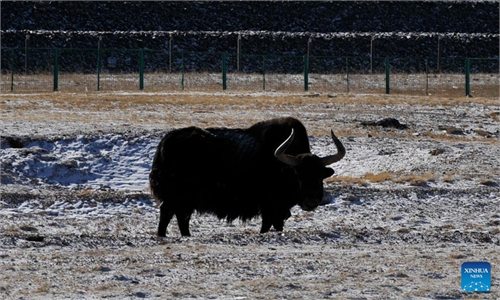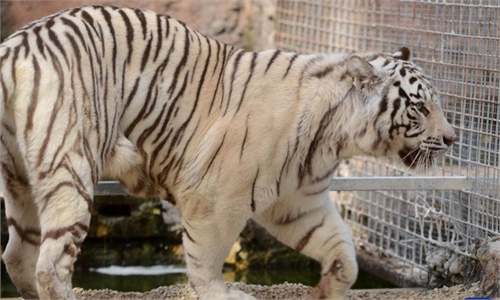ARTS / CULTURE & LEISURE
China works to provide safe homeland for all life
Shared future
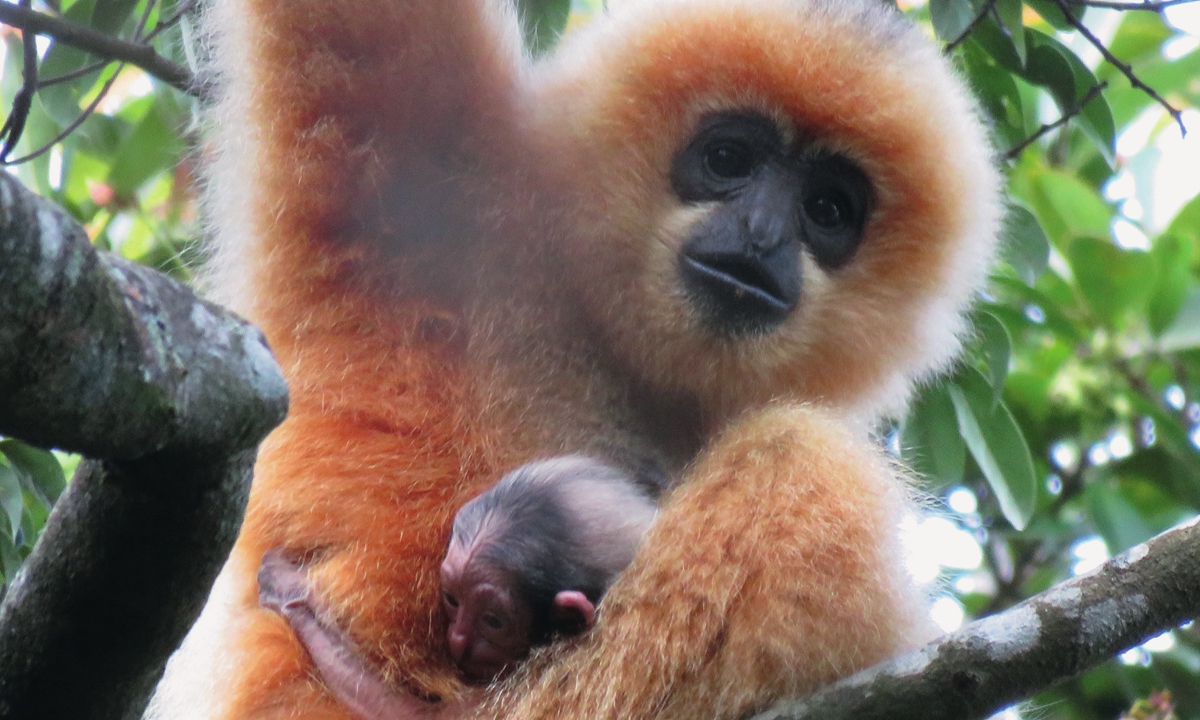
The gibbons Photo: Courtesy of National Forestry and Grassland Administration of China
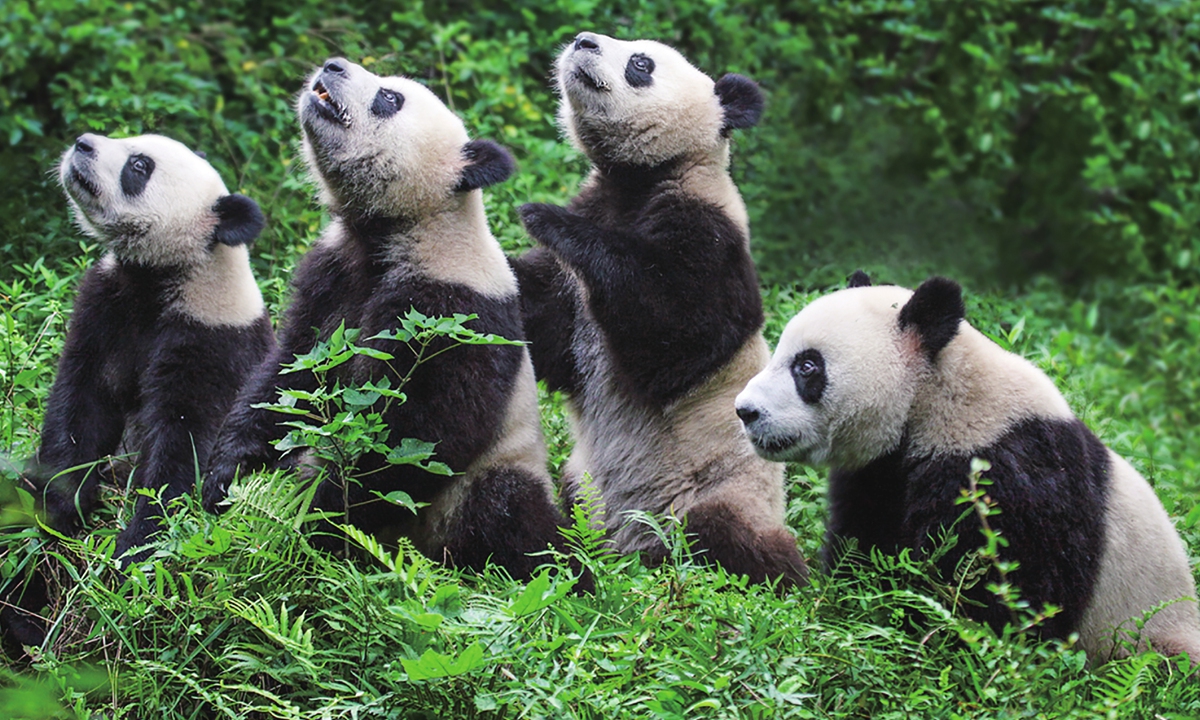
The pandas Photo: Courtesy of National Forestry and Grassland Administration of China

Paphiopedilum armeniacum Photo: Courtesy of National Forestry and Grassland Administration of China
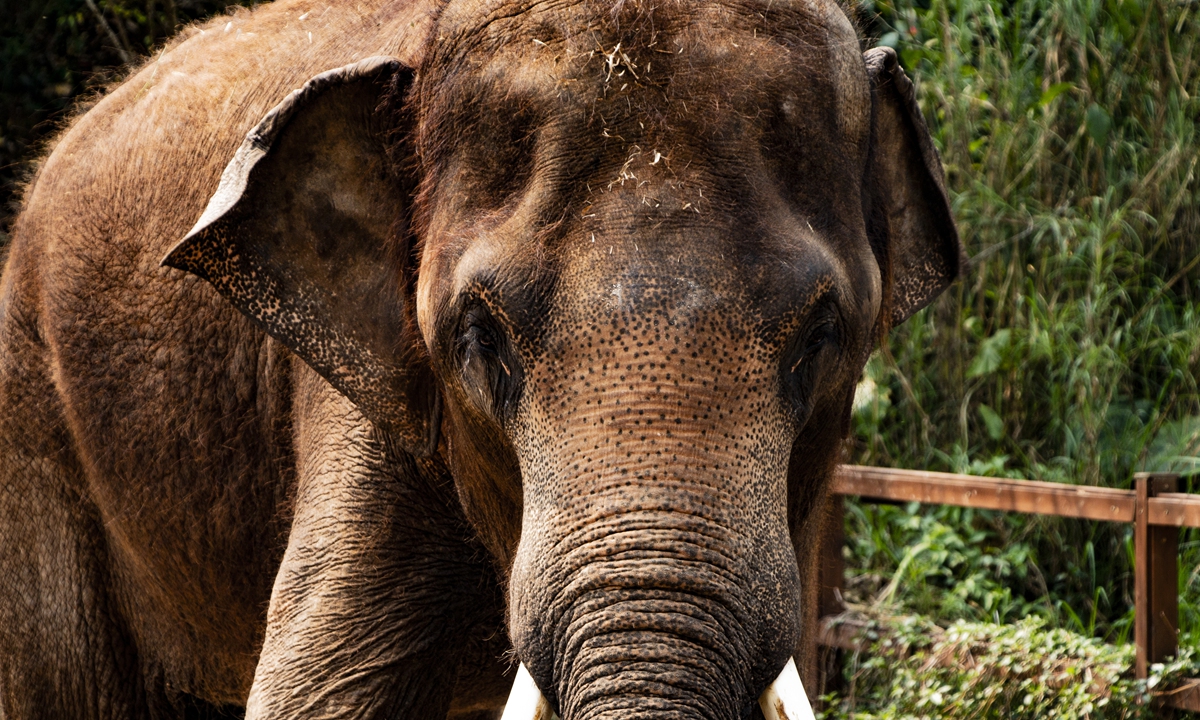
The Asian elephant Photo: IC
Do you remember in 2021 when a herd of wild Asian elephants got lost during migration and tugged at heartstrings around the world? They have since returned to their home in Xishuangbanna, Southwest China's Yunnan Province, and are now enjoying a peaceful life after welcoming some new members.During International Day for Biological Diversity which falls on Sunday in 2022, people's eyes once again turned to these giant stars. In a video clip shot by local researchers, the 14 wandering elephants could be seen laying around relaxing. The three baby elephants that were born during the trip north had clearly grown, but they were still learning to eat with their little trunks and practicing their survival skills.
Like these wild elephants, the number of which in China has increased to 300, wildlife all around the country has benefited from environmental protection regulations and through years of efforts, the protection rate of China's key wildlife has reached 74 percent.
In recent years, China has systematically implemented rescue projects for endangered species such as nature release and artificial breeding programs. Meanwhile, the population of more than 300 endangered species such as giant pandas and crested ibis have been steadily increasing.
Sun Quanhui, a scientist from the World Animal Protection organization, told the Global Times on Sunday that the Chinese government's emphasis on ecological protection has reached its highest level in history in recent years.
"The wildlife protection law is still being revised, and it is hoped that there will be more positive changes in restricting the commercial use of wild animals, expanding the scope of species protection and enhancing public participation," said Sun.
Continuous protection
In 2021, the group of "runaway" wild Asian elephants attracted the world's attention. As they made their way north, they passed villages and towns, occasionally doing a little damage. Not far from the elephant herd, a group of people were busy with this special "tour group." Evacuating and transferring people, putting out the elephants' favorite food and using drones to monitor their movements, this team hoped to guide the elephants home in a gentle way to ensure the safety of both them and the people they encountered on the way.
Although they have safely returned home, protection efforts continue. The staff at the Center for Breeding and Rescuing Wild Asian Elephants have set up several teams to handle various tasks such as patrolling up in the mountains to monitor wildlife or medical rescue.
When taking care of injured elephants, breeders at the center take 24-hour shifts to feed, monitor and give them medicine. After an elephant recovers, the team focuses on helping them return to nature.
Shi Kun, director of the Wildlife Research Institute of Beijing Forestry University, noted that comprehensive assessments of Asian elephants' habitat and optimization of protection and management systems must be carried out, while further investment in the establishment of national parks can provide safe and effective support for the stability and growth of the Asian elephant population.
Ancient relationship
Yang Yuming, a professor at the Yunnan Academy of Forestry and Grassland and a member of China's Endangered Species Scientific Commission, told the Global Times that in 1995, he and his colleagues accidentally discovered fossilized molars of Asian elephants that date back to 10,000 to 100,000 years ago.
This important discovery shows that elephants have been living alongside humans in the region since ancient times.
Yang pointed out that maintaining a harmonious relationship between man and elephants and the harmonious coexistence of man and nature is the core concept of ecological civilization.
"We human beings should cherish the flagship species in this tropical rainforest - the Asian elephant, and every member of this system," he said.
Besides Asian elephants, China is trying to build a shared future for all wildlife and many people have been contributing to this goal.
Zhou Haiyan, an expert on water birds, is the founder of China's only nongovernmental nature reserve for white cranes. Zhou built the reserve only 100 meters away from the shore of Poyang Lake in East China's Jiangxi Province in 2017 to provide shelter for the endangered birds during their winter migration.
"The reserve has increased in size by around 696,666 square meters and we have planted lotus root and other underwater plants, which is the preferred food for white cranes," she told the Global Times.
Although International Day for Biological Diversity only comes once a year, China's efforts to uphold the spirit of the day have never ceased.



